It’s a crazy 4G world we’re living in. That’s mostly because the commonly accepted definition of “4G” straddles three technologies: HSPA+ (T-Mobile and most of AT&T’s offerings), 4G LTE (Verizon and some AT&T phones), and WiMax (Sprint, for now). It tends to get a little confusing, especially when parsing out which LTE phones are worth your while for your carrier, your budget, and your chosen platform.
With that in mind, I offer you a sampler platter of “4G” phones that I think are great options right now, each for a specific reason. There are far too many candidates to include here without making your eyes bug, so I’ll spell out why I chose what I did, and hopefully you’ll forgive me if your prized smartphone didn’t make my list. I assure you, it isn’t personal.
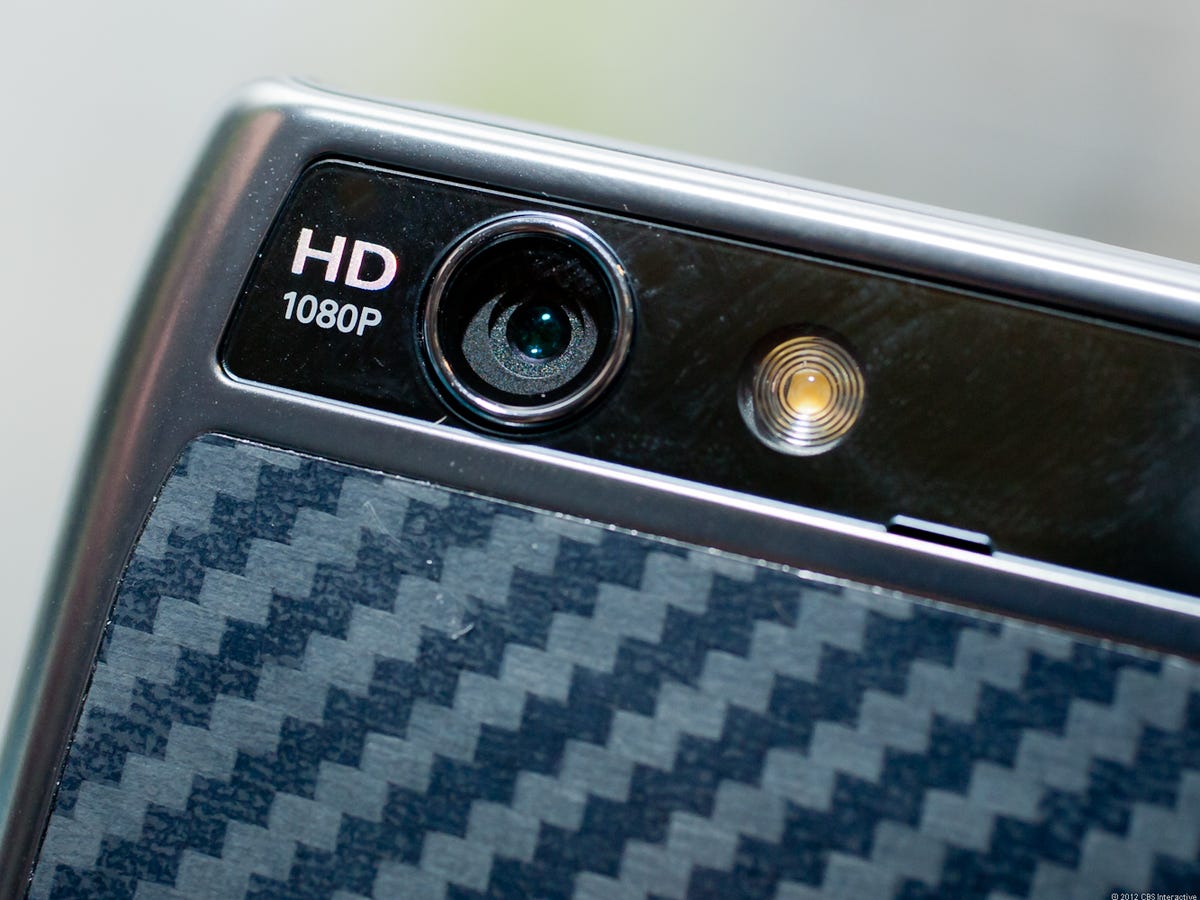
Sarah Tew/CNET
Motorola Droid Razr Maxx (Verizon), January 26, 2012
The Droid Razr Maxx is one of the top-rated handsets on CNET for a reason. That 3,300mAh battery is a never-before-seen feat of smartphone battery engineering that Motorola frankly should have unveiled with a flourish to begin with. It lasted an insane 19 hours of video playback time in our lab tests–twice. On top of that, the phone looks terrific, is blazing-fast, and has top-notch internal specs. Read the full review of the Droid Razr Maxx.
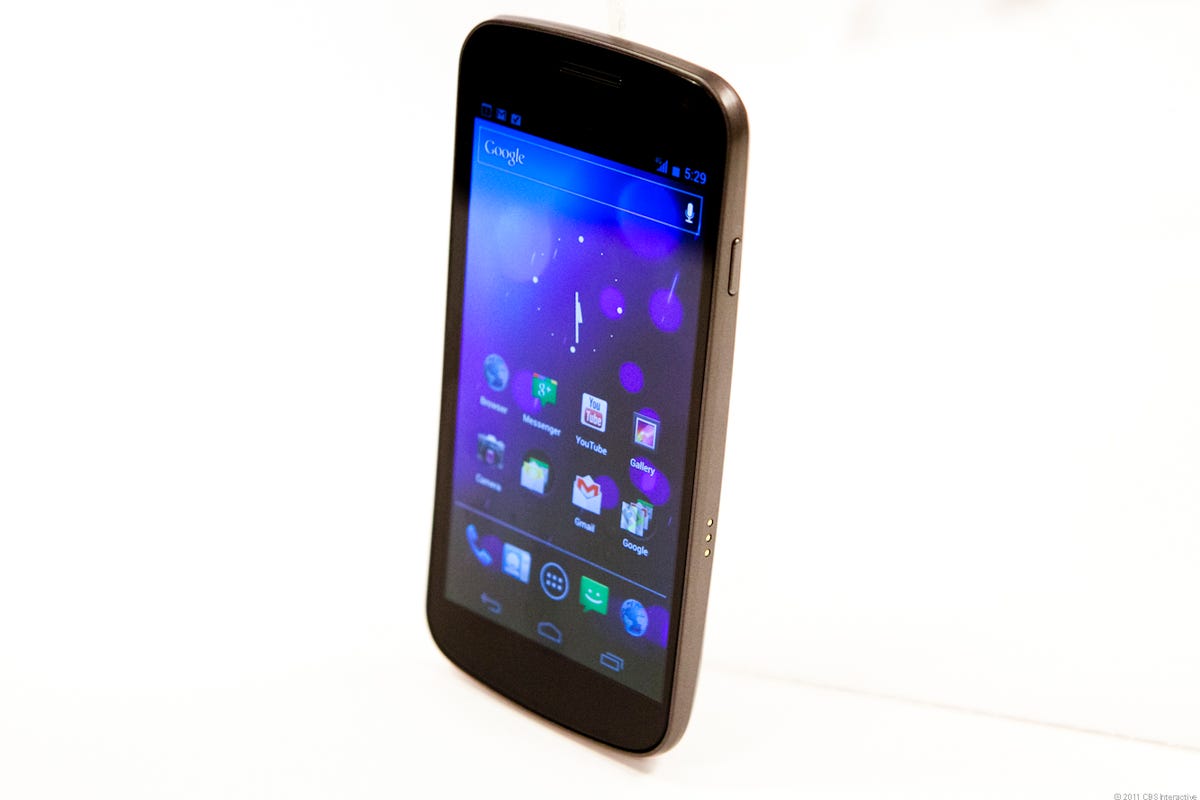

James Martin/CNET
Samsung Galaxy Nexus (Verizon), December 15, 2011
The world’s first Android Ice Cream Sandwich phone is also LTE, thanks to Verizon. Its beautiful 4.65-inch HD display is impressive, and with the exception of the camera (and the omission of Google Wallet), the rest of the features can stand up to just about any other phone. When it comes down to it, however, it’s the unadulterated Ice Cream Sandwich experience that truly makes it shine. Read the full review of the Samsung Galaxy Nexus.
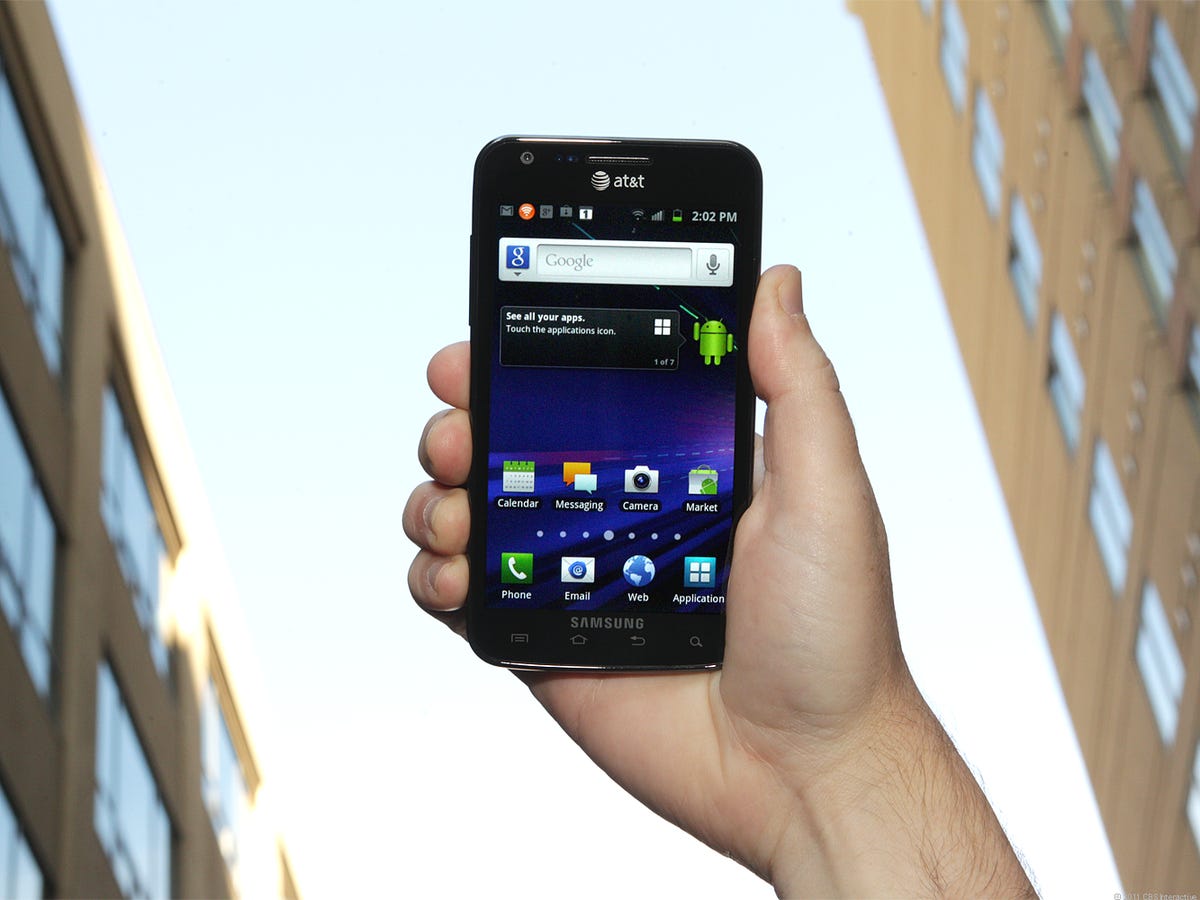

Josh Miller/CNET
Samsung Galaxy S II Skyrocket (AT&T), November 6, 2011
AT&T’s LTE roster is slowly expanding, but the Skyrocket remains the all-around best of the bunch. The Galaxy S II series’ great camera, 4.5-inch Super AMOLED Plus screen, dual-core processor, and accessible look and feel make it powerful and approachable on any carrier. Yet LTE speeds push AT&T’s version above and beyond. Read the full review of the Samsung Galaxy S II Skyrocket.
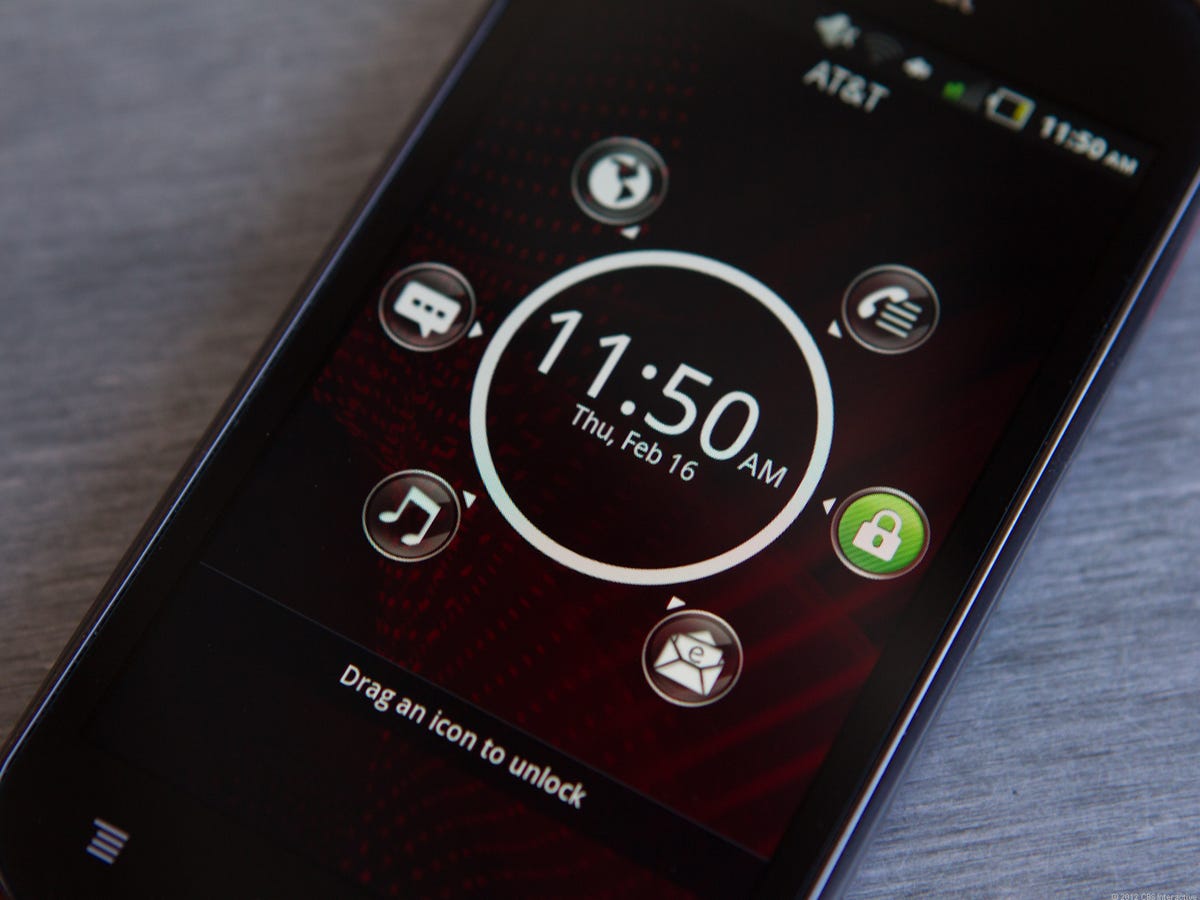

Josh Miller/CNET
Pantech Burst (AT&T), January 22, 2012
I have to hand it to the undersung Pantech, whose $50 Burst is a picture of 4G value. Not only does it run Android 2.3 Gingerbread on a 4-inch Super AMOLED screen and have a dual-core processor and a high-quality 5-megapixel camera, but it also has some unique design touches and LTE, not HSPA+. Did I mention it costs $50?! Read the full review of the Pantech Burst.
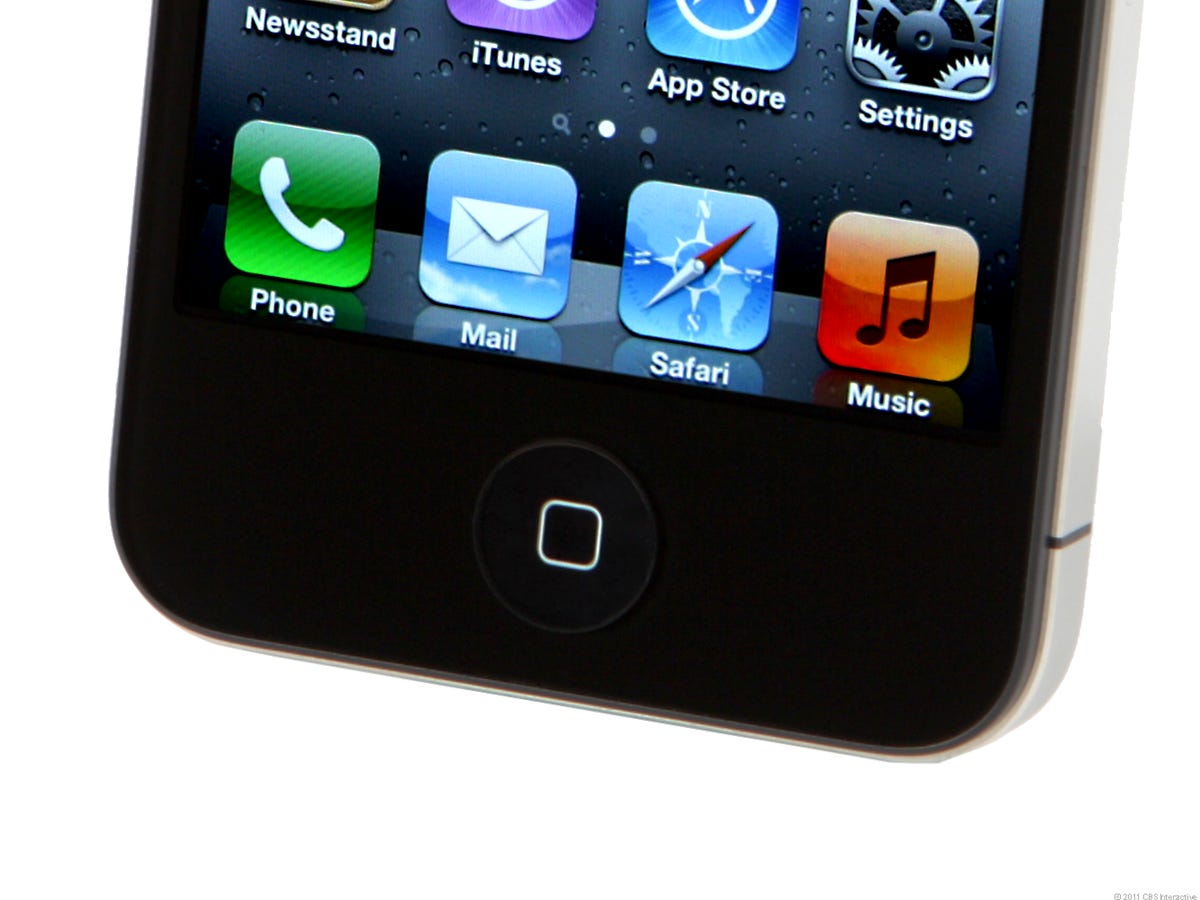

Josh Miller/CNET
iPhone 4S (AT&T), October 14, 2011
When the ITU crowned HSPA+ an official 4G technology in mid-December 2011, it made AT&T’s version of the iPhone 4S the only one to claim 4G in any way, a slight theoretical speed edge over Verizon and Sprint’s models. Still, AT&T was able to work that bit of marketing and network magic on an excellent device that has nevertheless bypassed LTE a generation too long. Read the full review of the iPhone 4S for AT&T.
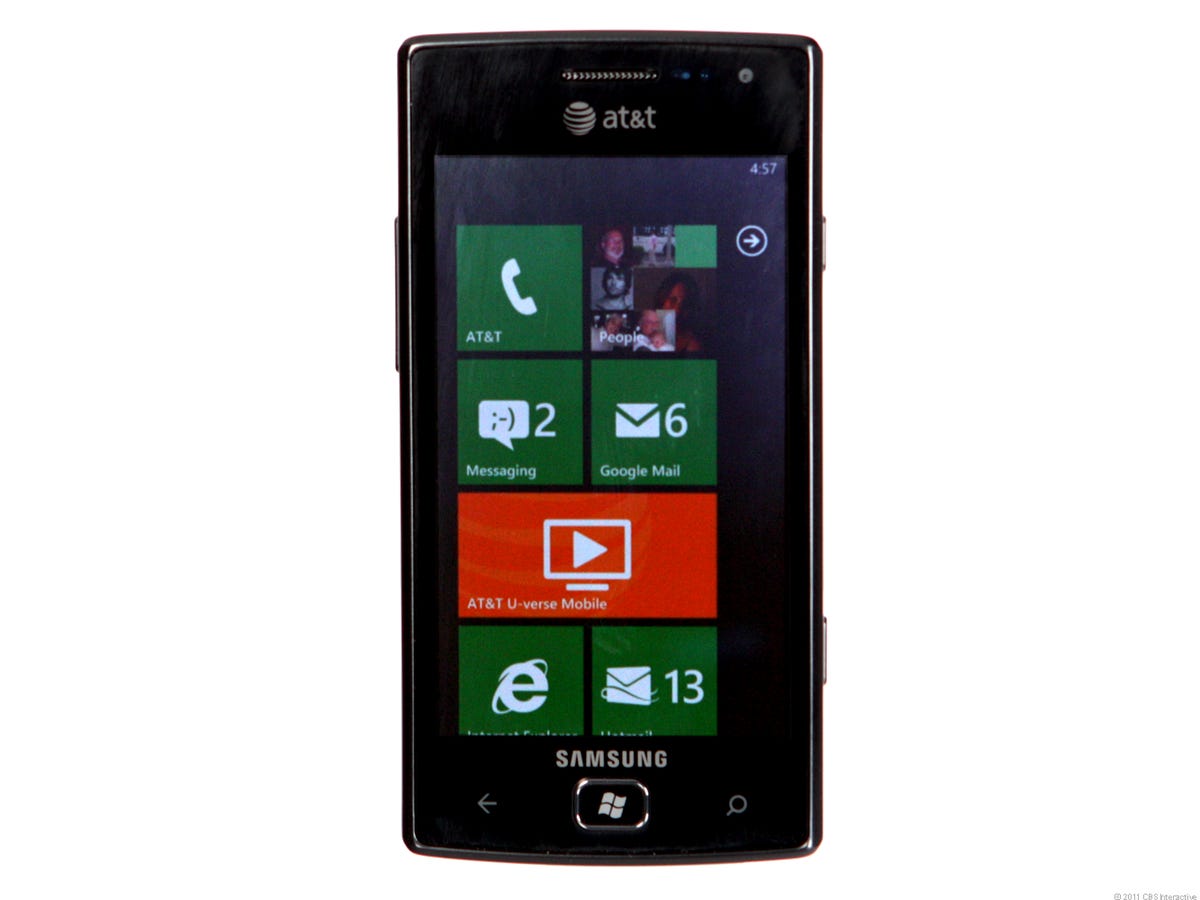

Josh Miller/CNET
Samsung Focus Flash (AT&T), November 6, 2011
There are some really great Windows Phones on the market, and some even more exciting ones coming up, but I have a soft spot for the Focus Flash, which debuted at just $50 for an HSPA+ 4G phone with dual cameras and a vibrant Super AMOLED screen. Read the full review of the Samsung Focus Flash.
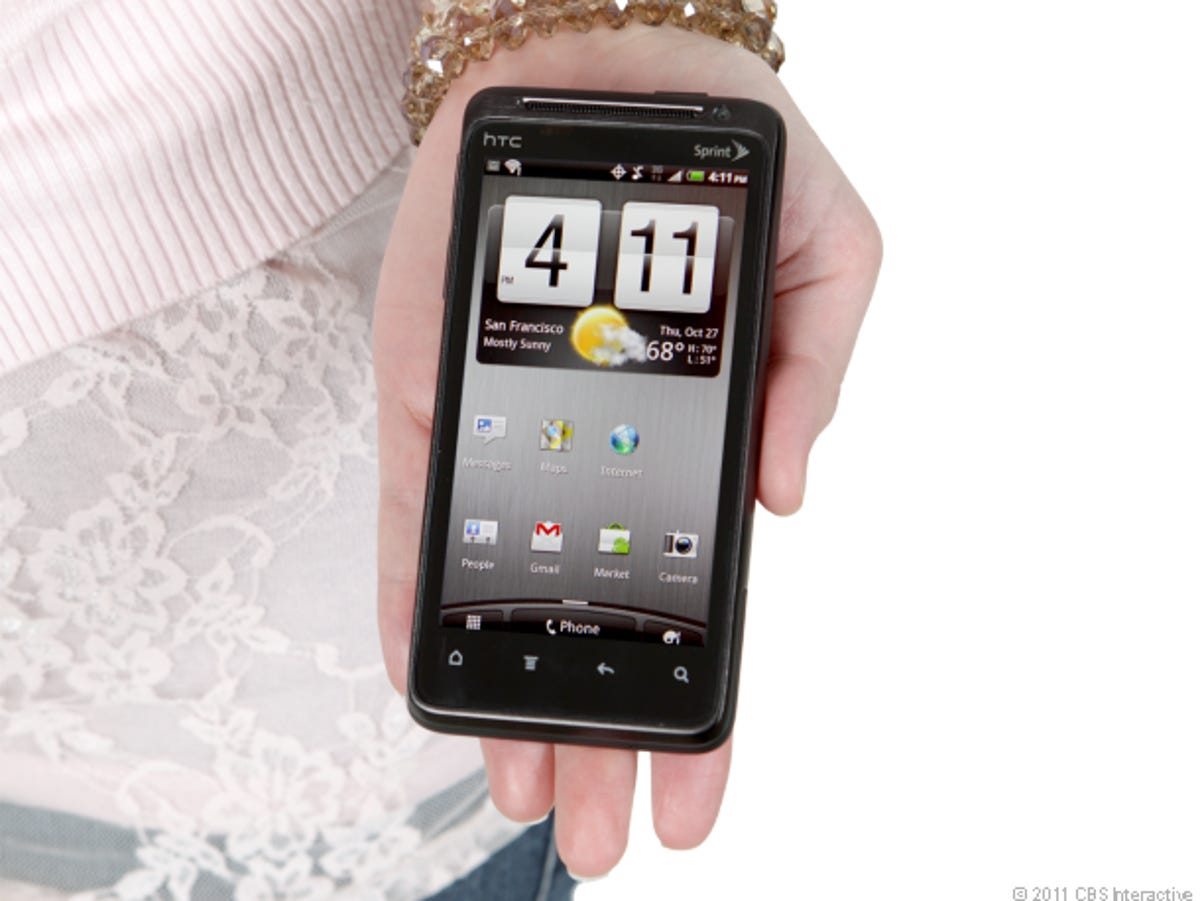

HTC Evo Design 4G (Sprint), October 23, 2011
The Evo Design 4G is another one of those Android Gingerbread smartphones with all-around good value for a reasonable price. That $100 gets you 4G WiMax speeds, a pretty good camera, a front-facing camera, and a GSM SIM card slot for taking the phone overseas. Read the full review of the HTC Evo Design 4G.
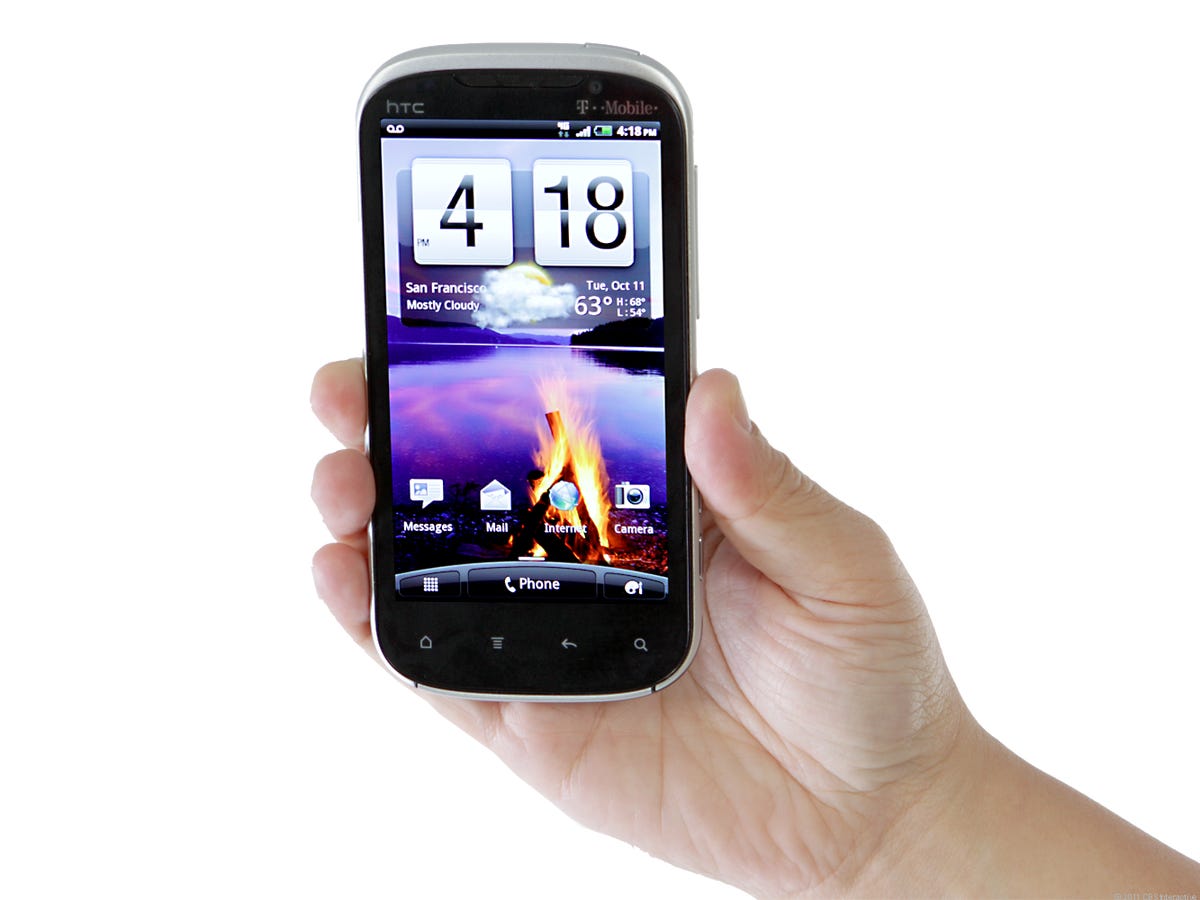

Josh Miller/CNET
HTC Amaze 4G (T-Mobile), October 12, 2011
The HTC Amaze 4G has a large, sharp Super LCD screen, a dual-core processor, and an 8-megapixel camera with a number of advanced shooting modes and settings. It also runs on T-Mobile’s faster HSPA+ 42 network. Read the full review of the HTC Amaze 4G.
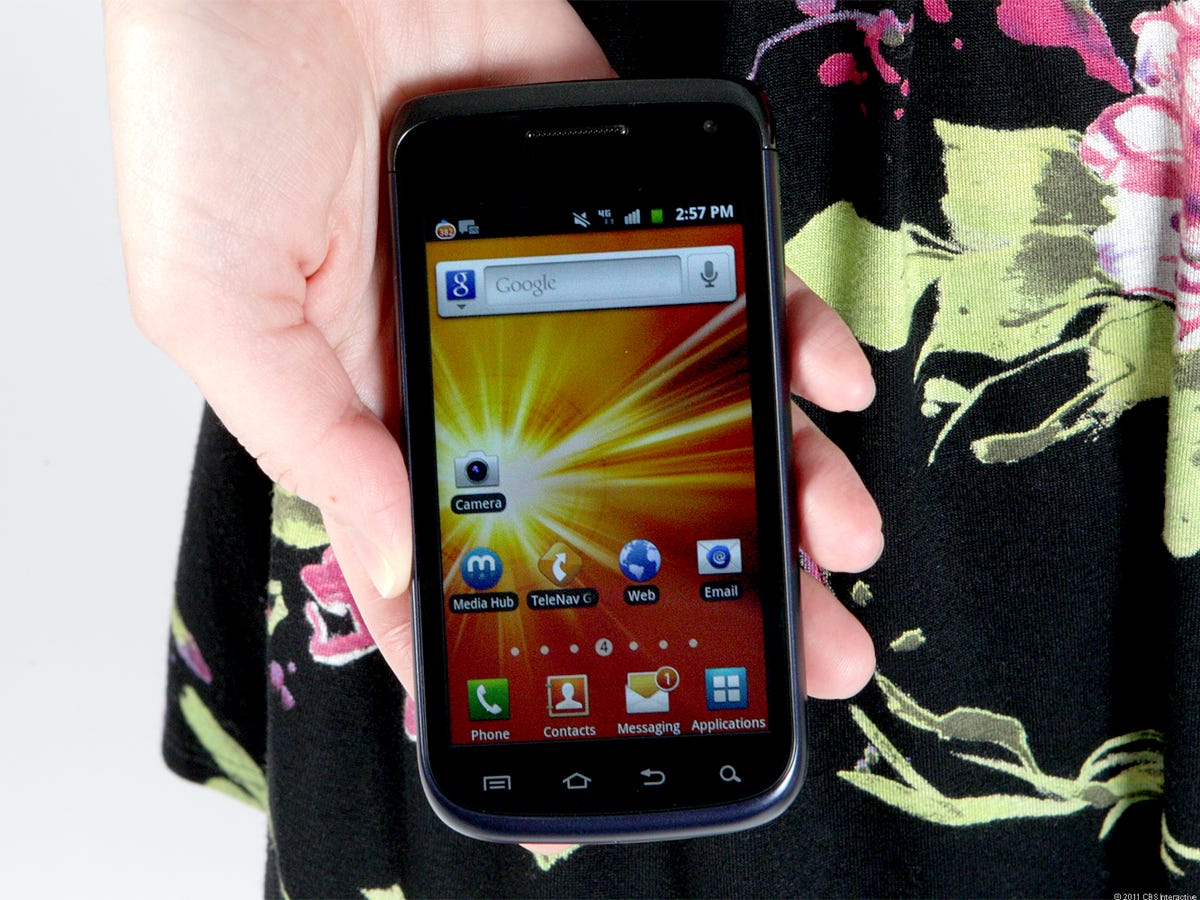

Josh Miller/CNET
Samsung Exhibit II 4G (T-Mobile), June 22, 2011
Only $30, this Android Gingerbread phone has a lot more packed away than you’d suspect, including two cameras, Swype, T-Mobile TV, and Wi-Fi calling. One black mark against it: Ice Cream Sandwich could pass it by. Read the full review of the Samsung Exhibit II 4G.
Editors’ note: This article was updated March 14, 2012, to correct the HTC Evo Design 4G WiMax technology.



